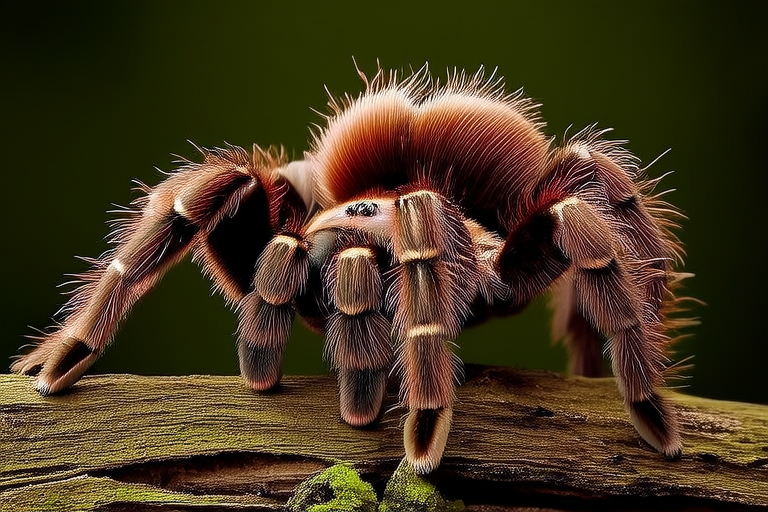Tarantulas as Pets: Unveiling the Truth Behind Their Reputation
Common Misconceptions About Tarantulas
When it comes to tarantulas, many people are quick to judge them based on their fears or preconceived notions. One of the most pervasive myths is that all tarantulas are aggressive and dangerous. In reality, while some species can be defensive, they generally prefer to avoid confrontation. Another misconception is that tarantulas always bite. While they have venom, it’s usually mild and comparable to a bee sting, posing little threat to humans. Lastly, contrary to popular belief, tarantulas do not actively seek out humans; they are solitary creatures who spend most of their time in their burrows.
Care Requirements for Tarantulas
Providing the right environment is crucial for your tarantula’s health and well-being. A spacious terrarium with proper ventilation is necessary. The substrate should be at least three inches deep to allow burrowing, and it should be kept moist to mimic the humidity levels found in their natural habitats. Temperature control is also essential; most species thrive between 75°F and 85°F (24°C to 29°C). Heating pads or under-tank heaters can help maintain these temperatures. Regular misting helps to keep the humidity level around 60-80%, which is vital for molting and overall health.
Ideal Habitats for Tarantulas
The ideal habitat for a tarantula should mimic its natural environment. For terrestrial species, a deep layer of substrate like coconut fiber or peat moss is recommended. This allows them to burrow comfortably. For arboreal species, providing branches or cork bark pieces enables climbing and hiding. Additionally, incorporating a water dish is important, but it must be shallow enough so that the tarantula cannot drown. It’s also advisable to include hiding spots such as cork bark shelters or clay pots, which provide security and reduce stress.
Dietary Needs of Tarantulas
Tarantulas are carnivorous and require a varied diet to ensure optimal nutrition. Feeding live insects such as crickets, mealworms, and dubia roaches is common. The size of the prey should match the size of the tarantula’s body width to prevent injury during feeding. Juvenile tarantulas should be fed smaller prey items more frequently, whereas adult tarantulas can be fed less often but with larger prey. It’s important to gut-load the feeder insects with nutritious food before offering them to the tarantula, ensuring a balanced diet rich in vitamins and minerals.
Handling and Interaction with Tarantulas
Handling tarantulas requires caution and respect for their nature. They are not pets you can cuddle or play with like cats or dogs. Instead, interaction should be minimal and gentle. When handling, always use a cup or container to gently scoop the tarantula up, avoiding direct contact with your hands. If you need to move your tarantula, use a long-handled tool to coax it into a container. Remember, tarantulas are sensitive to vibrations, so sudden movements or loud noises can cause stress. Always handle them with care to avoid triggering their defense mechanisms.
Species Suitable for Beginners and Advanced Keepers
For beginners, species like the Mexican redknee tarantula (Buthus mexicanus) or the Chilean rose tarantula (Grammostola rosea) are excellent choices due to their docile nature and ease of care. These species are relatively slow-moving and are less likely to bite. For more experienced keepers, species like the Goliath birdeater (Theraphosa blondi) or the pink toe tarantula (Aphonopelma chalcodes) offer unique challenges and opportunities for deeper engagement with these fascinating creatures. Advanced keepers might also consider species with more specific care requirements, such as those requiring higher humidity or specialized diets.
Responsible Acquisition and Further Learning Resources
Acquiring a tarantula should be done responsibly. Purchasing from reputable breeders ensures that you are supporting ethical practices and obtaining healthy specimens. Avoid buying from pet stores where the origin and care history of the tarantula may be unclear. Once you have your tarantula, continue to educate yourself through books, online forums, and local herpetological societies. Joining communities of tarantula enthusiasts can provide valuable support and advice as you grow in your knowledge and experience.
